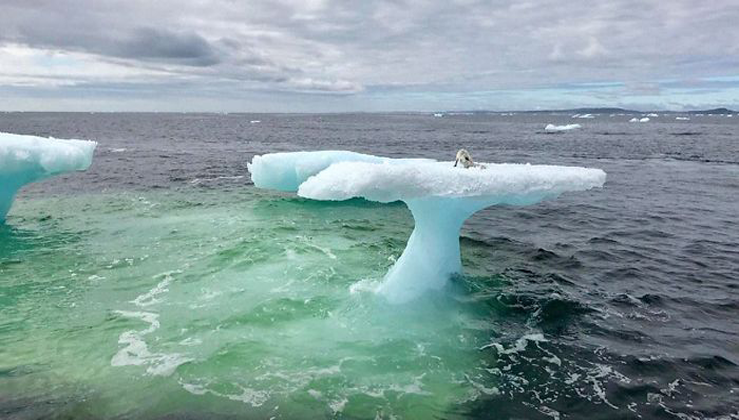



"Thwaites is a rapidly changing system, much more rapidly changing than when we started this work five years ago and even since we were in the field three years ago," said Oregon State University ice researcher Erin Pettit, who wasn't involved in either study. The melting of Thwaites is dominated by what's happening underneath, where warmer water nibbles at the bottom, something called basal melting, said Peter Davis, an oceanographer at British Antarctic Survey, who is a lead author of one of the studies. "Similar rapid retreat pulses are likely to occur in the near future," the study said. A study conducted by marine physicist Alastair Graham at the University of South Florida last year suggested that, despite observations indicating the glacier's melting rate had slowed down compared with previous evaluation periods, it would likely accelerate soon. Researchers say the glacier is in a phase characterized by "rapid retreat," or "collapse," when a broader geological timeline is considered. The glacier's rapid changes have concerned scientists for years. As the planet continues to warm, ice that composes the glacier is melting, like much of the sea ice that surrounds the Earth's north and south poles. The work comes out of a massive $50 million multiyear international research effort to better understand the Florida-sized glacier, which could make sea levels rise more than 2 feet if it melts, though that's expected to take hundreds of years.Īt about 80 miles in width, the Thwaites Glacier is the widest on Earth.


 0 kommentar(er)
0 kommentar(er)
